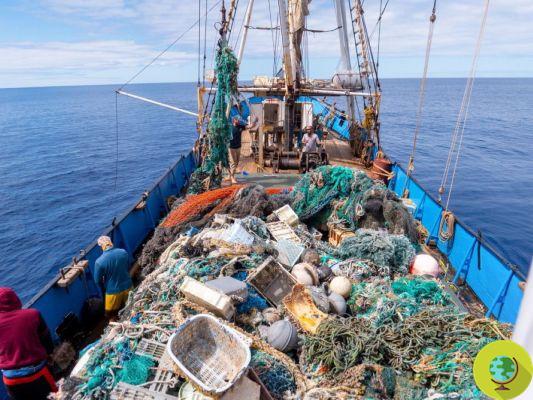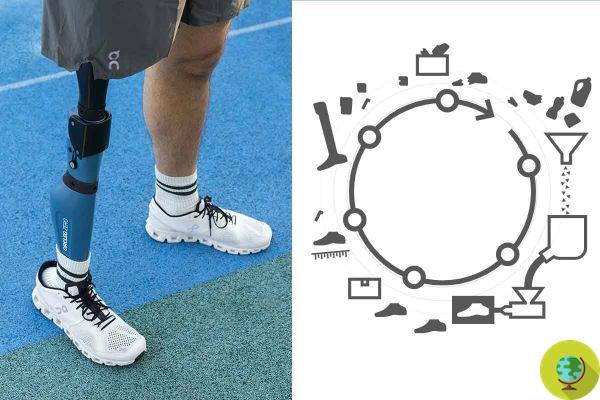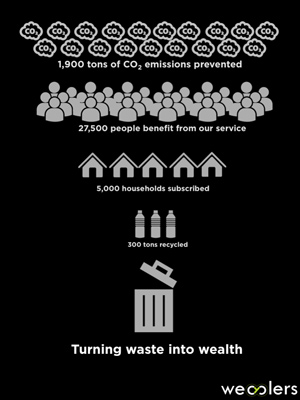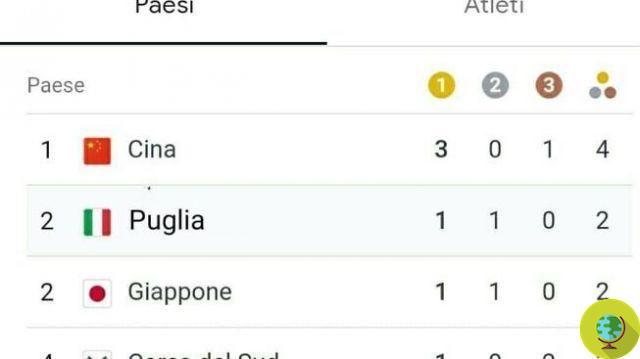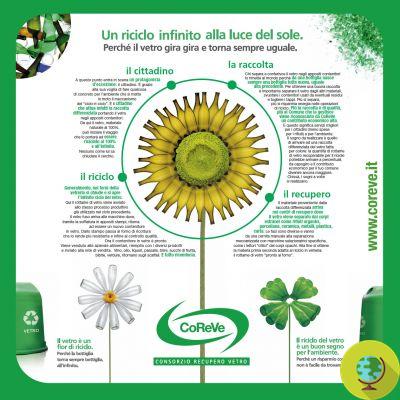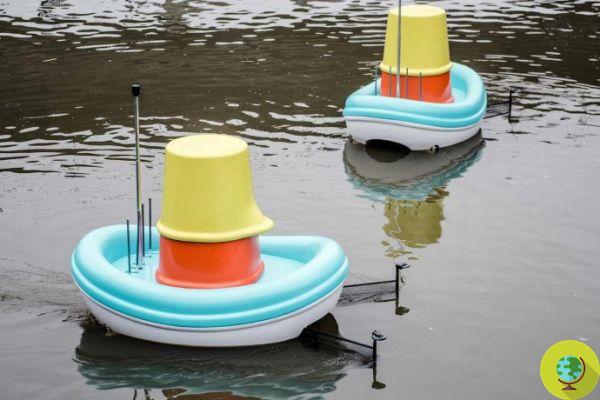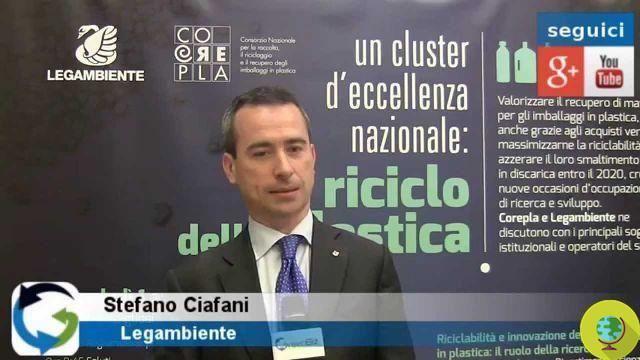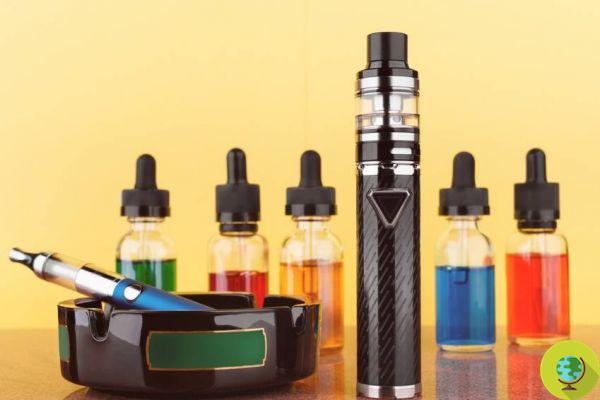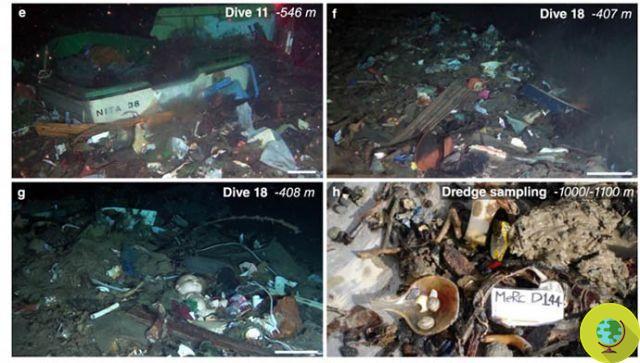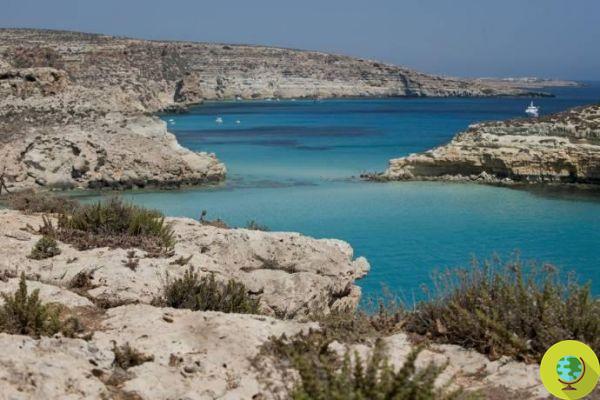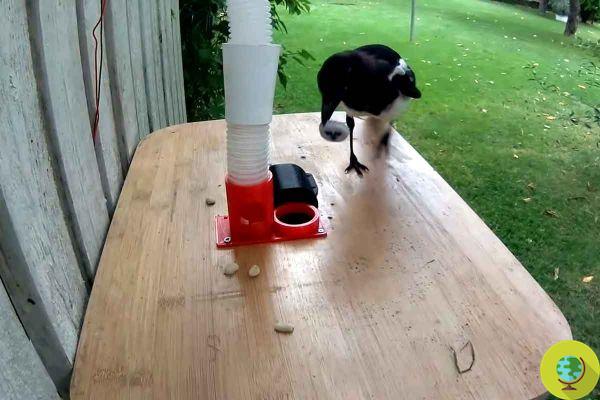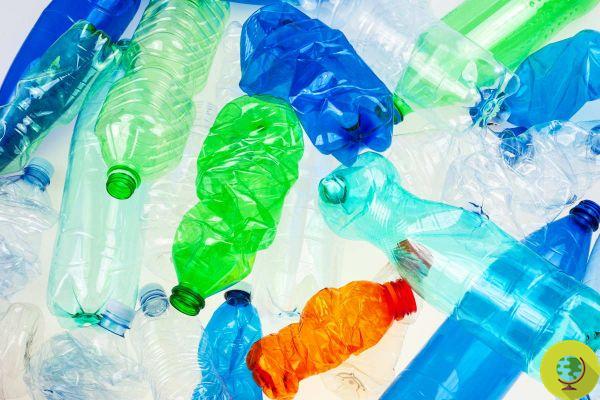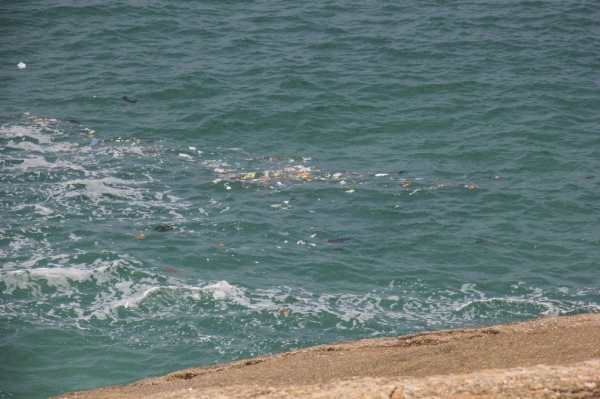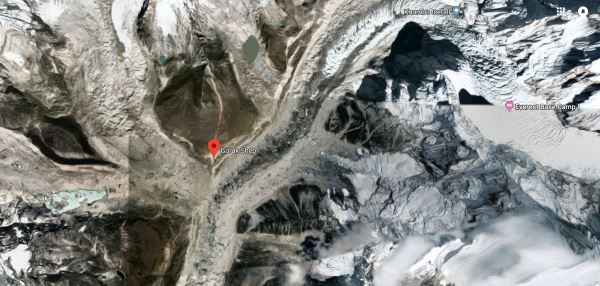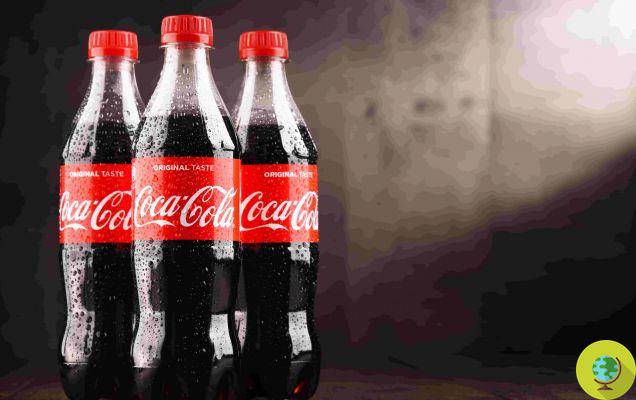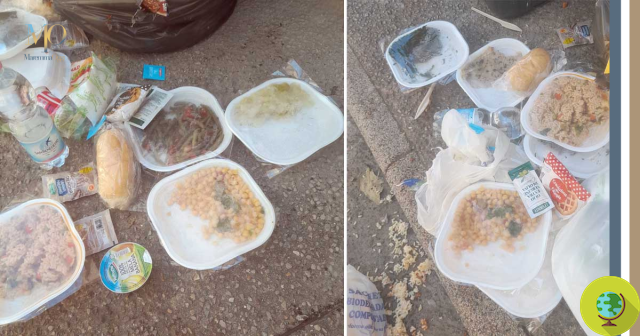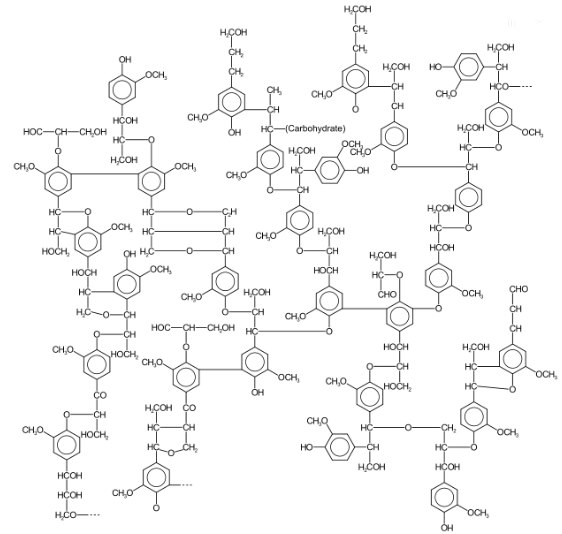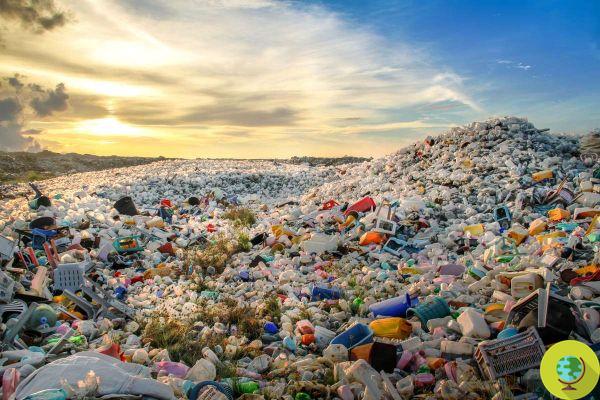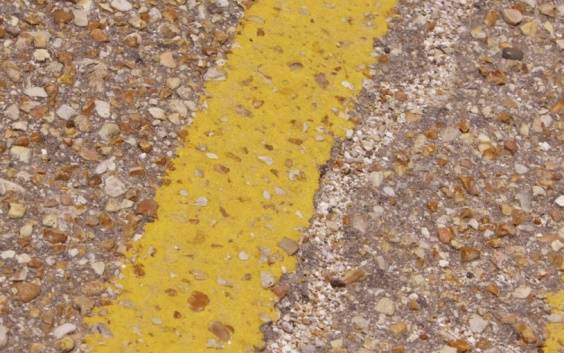A Dutch start-up has devised a bubble barrier capable of trapping waste before it reaches the sea
To try to stop the sea of plastic invading our oceans, a Dutch start-up has devised a bubble barrier that can trap waste before it reaches the sea. The system could also be used in other areas of the world.
The 'Bubble Barrier' is a simple but effective strategy to stop the tide of plastic waste before it pours into ocean waters. Conceived in Amsterdam, it is created through a compressor that introduces high-pressure air into one of the canals that cross the city, creating a flow of air bubbles that trap waste and guide it to a storage site. To minimize noise, the compressor was installed 50 meters away from the barrier (inside a container) and is powered by renewable energy.
The ingenious system was installed in October 2019 in less than five hours. This system is capable of trapping 86% of the garbage that would otherwise end up in the IJssel River and, subsequently, the North Sea. According to the researchers, the bubbles are able to trap even very small plastic waste (even a millimeter).
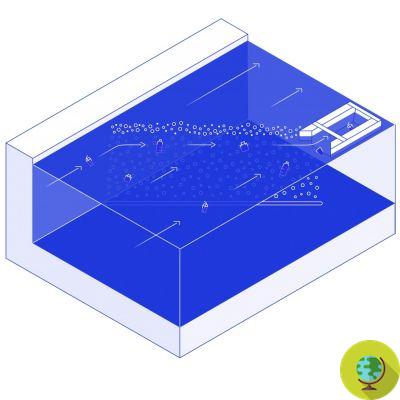
The functioning of the 'barrier' made of bubbles (Credits: thegreatbubblebarrier.com)
Up to 80% of the plastic that floats in the oceans comes from rivers and coasts. For example, in the case of the Dutch canals, the garbage comes from the garbage bags that residents leave outside their homes: if they break, the wind and rain will drag the garbage into the canals. Around the world, some 11 million tons of plastic waste ends up in the oceans every year - with dire consequences for marine animals who end up trapped or suffocated by this sea of garbage.
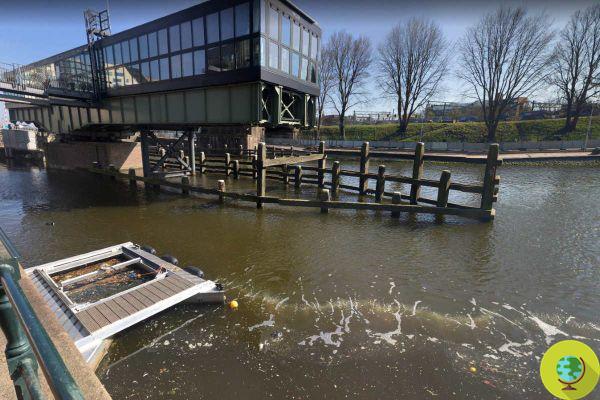
@BubbleBarrier/GoogleView
At the moment, the company that designed the bubble barrier is working with local authorities to analyze what kind of plastic has been trapped by the system and identify the source of this waste, in order to develop policies that reduce the dispersion in the plastic waste environment. Furthermore, among the recovered waste, everything that is possible is recycled and recovered. It is not excluded that other bubble barriers may be installed in other parts of the Netherlands, in Portugal and Indonesia.
But beyond providing an effective barrier to plastic, the system also contributes to changing the mentality: seeing so much waste piled together makes visible the extent of the damage caused by neglect and irresponsibility in disposing of the much garbage we produce.
See how the first Bubble barrier installed in Amsterdam works which you can see here
Fonte: The Great Bubble Barrier
We also recommend:
- Plastic catcher barriers in Rome: the one on the Aniene also inaugurated
- On the Po river, anti-pollution barriers are tested to trap plastic and send it for recycling
- The "plastic catcher" barrier in the Tiber works: almost 500 kilos of waste collected in a month
- How do I transform the plastic waste collected in the Po into shelter houses




